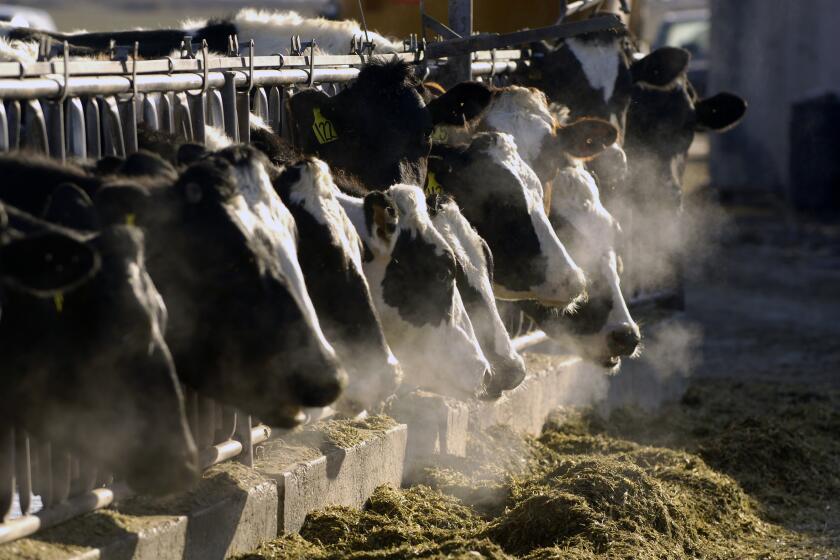PHOTOS: Sampan to school
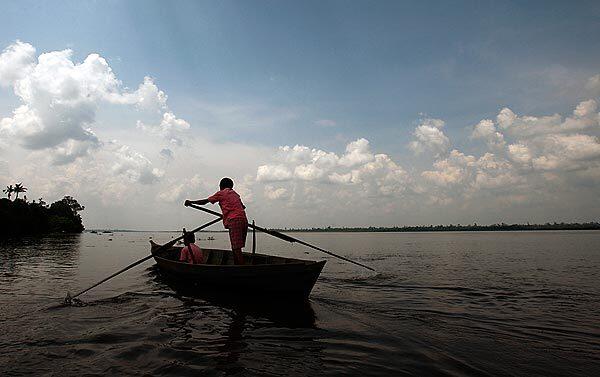
Brothers Fandi, 12, and Alfan, 9, navigate the Kampar River on the hour-long, two-mile journey to school. Fandi rows most of the way, but Alfan also takes turns propelling the 15-foot sampan. There are few roads in the remote Kampar peninsula of Sumatra, and most children get to school by boat. (Luis Sinco / Los Angeles Times)
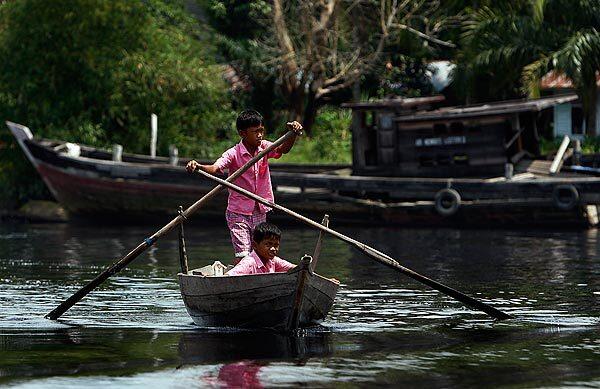
Brothers Fandi, 12, and Alfan, 9, make their daily journey to school. Because of the strong currents, they must wait an hour after school before they begin their journey home. Even worse is the dreaded bono, a wall of water that rumbles up from the nearby ocean, overturning boats and claiming victims. (Luis Sinco / Los Angeles Times)
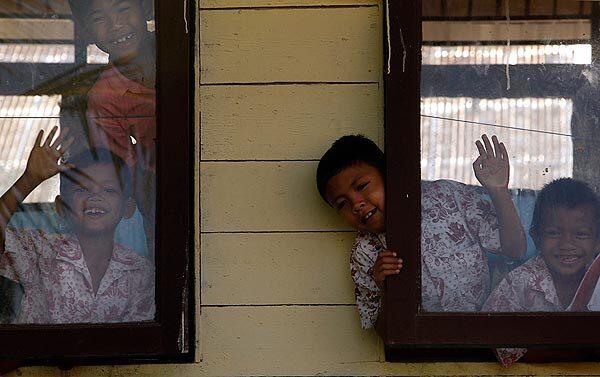
Schoolchildren peer from the windows of a primary school in Teluk Meranti, an outpost in the remote rainforests of the Kampar region on Indonesia’s Sumatra island. Many of the students who live in nearby villages along the Kampar River, commute to school aboard small, handmade boats known as sampans. In a place with few roads, traveling by water, no matter how dangerous for youngsters, is a fact of life. (Luis Sinco / Los Angeles Times)
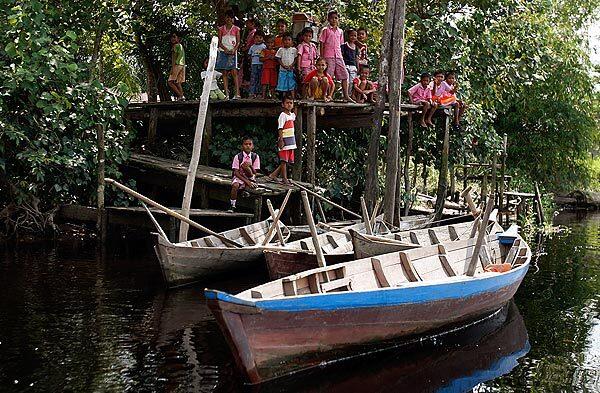
Schoolchildren gather at a rickety dock on the banks of the Kampar River as they wait for a ride home aboard sampans. Its dangerous, said Ali Mursidin, an official in Teluk Meranti, a town of 2,500 people. But this is our life here. Children must live it the way it is. (Luis Sinco / Los Angeles Times)
Advertisement
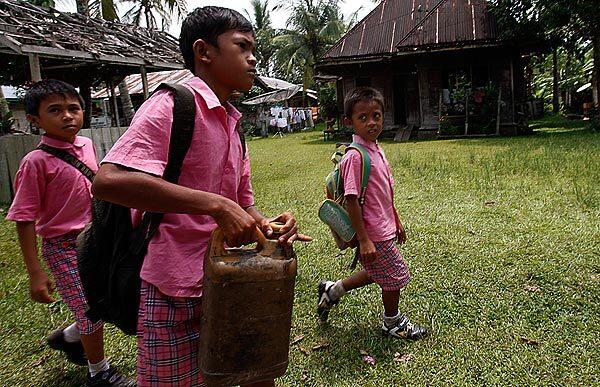
After school, Fandi, 12, center, picks up a jug of kerosene to bring home to his mother. A new bridge is being built, that would save some of the students the perilous ride on the river. But Fandi isnt sure he wants to give up his daily row. The trip is quicker on water. The river is what he knows. (Luis Sinco / Los Angeles Times)
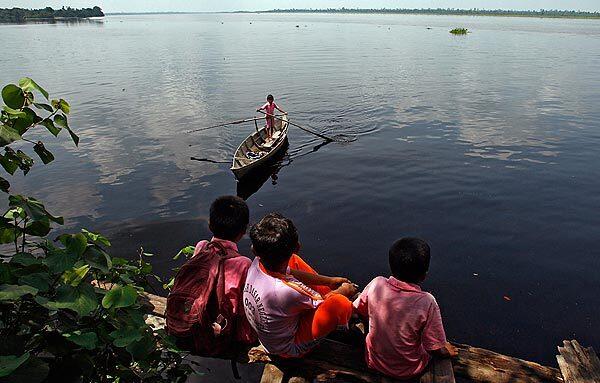
Schoolmates look on as Alfan, 9, navigates a sampan on his own, without big brother Fandi. Many days, the boys arrive at school tired and sweaty after a hard row. (Luis Sinco / Los Angeles Times)

